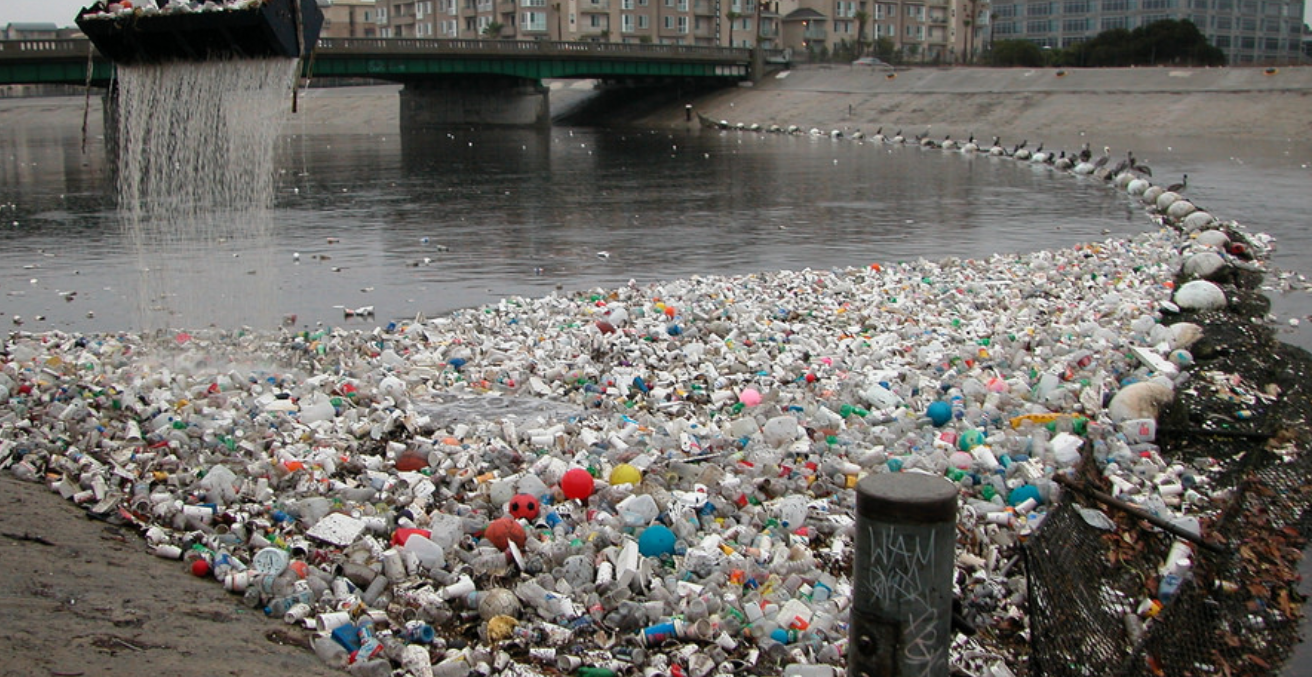Mitigating the Plastics Challenge for Future Generations

Cooperation between the European Union and Australia will help mitigate the plastics challenge.
It is imperative that addressing the plastics challenge involves a carefully considered and evidenced-based approach that avoids conflating issues around plastics, targets action, and recognises the roles and responsibilities of all players in the plastics loop, if we are to mitigate the problem for future generations.
The plastics challenge has been catapulted into the consciousness of governments, businesses and the general public. Increasing awareness and media attention around the impact of plastic items (particularly in marine environments) due to their persistence and general degradation over time has captured global attention.
Around 25.8 million tonnes of plastic waste is generated in Europe every year. Less than 30% of this is collected for recycling. Landfilling and incineration rates of plastic waste remain high. China’s decision to ban the import of certain types of plastic waste including from the EU, coincides with a rising demand for plastic. In the EU, reuse and recycling of end-of-life plastics is very low and the potential for recycling plastic waste remains largely unexploited.
Plastics and plastic packaging are, however, an important part of the global economy. It is important to recognise the vital role that plastics and packaging play in protecting, preserving, preventing waste and conveying consumer information. It is therefore imperative that addressing the plastics challenge involves a carefully considered and evidenced-based approach that avoids conflating issues around plastics, creating unintended consequences, targeting action, and recognising the roles and responsibilities of all players in the plastics loop.
Challenges
The challenges identified around plastics can be distilled into three key issues:
- Design and manufacturing – The design and manufacture of, for example, single use plastic packaging often can impede either effective collection and/ or recycling, because of various factors including material choice, shape and size.
- Use and disposal behaviours – Poor understanding of disposal choices by consumers plays a large part in material leaking outside of the plastic loop.
- Collection and recycling barriers – Problems arise within the waste infrastructure system, particularly with regards to availability and type of collection (separated/mixed, household, on-the-go, commercial) and the recycling infrastructure.
Furthermore, plastics recycling systems are driven by economics and are subject to externalities like volatile pricing. The fixed costs of recycling caused significant problems for re-processors during the 2008 recession and oil price crash and the second drop in 2014. This in turn impacts on current capacity to reprocess plastics, as is evident in the UK.
An added challenge, linked to both disposal and recycling quality, is contamination. The increasing use of bio-based plastic is not being matched by the efficacy of collection and recycling systems. In most European systems, biodegradable plastics currently cannot be recycled along with non-biodegradable plastic.
Current EU initiatives
Plastic waste and packaging recovery has been addressed until now through the Waste Framework Directive and the Directive on Packaging and Packaging Waste. These directives have increased the targets for both recovery and recycling of packaging waste and reduced consumption of lightweight plastic carrier bags. Marine litter has also been addressed through the Marine Strategy Framework Directive and the Urban Waste Water Treatment Directive.
In May 2018, the European Commission proposed a new Directive specifically on the reduction of the impact of certain plastic products on the (marine) environment. Because the proposal relates specifically to marine plastics littering it leaves the bulk of plastic items placed on the market within the sphere of existing regulation. Therefore, if the wider plastics challenges identified above are to be addressed, then a heavy reliance on producer responsibility and voluntary action is to be anticipated.
Action areas
Voluntary approaches across the retail and supply chain will need to focus on specific actions in order to demonstrate measurable progress towards addressing the plastics challenge. At a practical level this might be to consider whether:
- The single use item is avoidable, unnecessary or replaceable by a reusable alternative.
- The item is unable to be reused, recycled or fully composted effectively with the existing waste collection and recycling infrastructure.
- There is a material alternative available that creates no additional environmental impact.
- The plastic item can easily leak out of the system, through disposal behaviour or mismanagement such as frequent littering.
- The item frequently or easily leads to contamination issues or inefficient recycling within the collection and recycling system.
Based on the responses to the above, actions can be allocated to the relevant stakeholders around avoidance, design, manufacture, recycling and education.
There is great potential for the EU and Australia to identify their common challenges and identify common actions to contribute towards mitigating the plastics challenge for future generations.
Dr Mervyn Jones is Director of Sustainable Global Resources and was Co-Chair of the EU-Australia Leadership Forum’s Sectoral Policy Workshop on Circular Economy and Plastics.
This article was originally published in The EU and Australia: Towards a New Era, the official publication of the EU-Australia Leadership Forum 2018, which took place from 18-22 November. It is republished with permission.
The AIIA is part of the international consortium selected to deliver the EU-Australia Leadership Forum project, a three-year initiative funded by the EU. Click here for video highlights of the forum.





